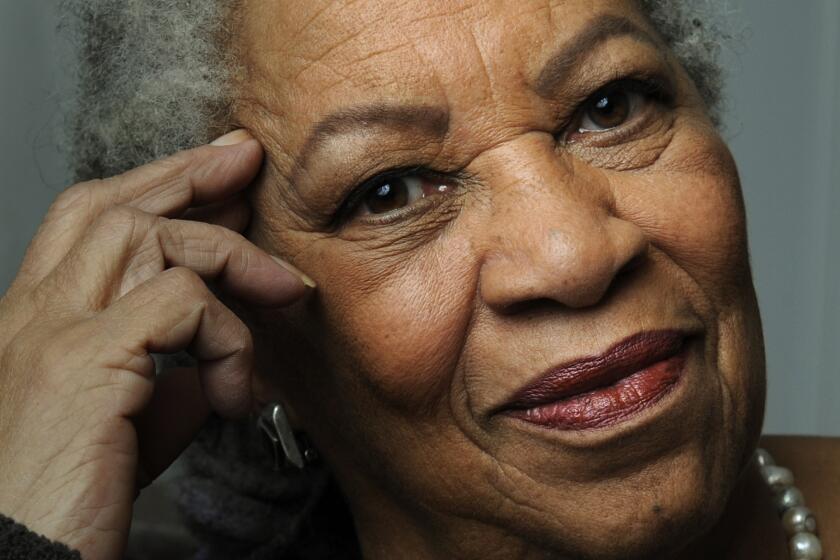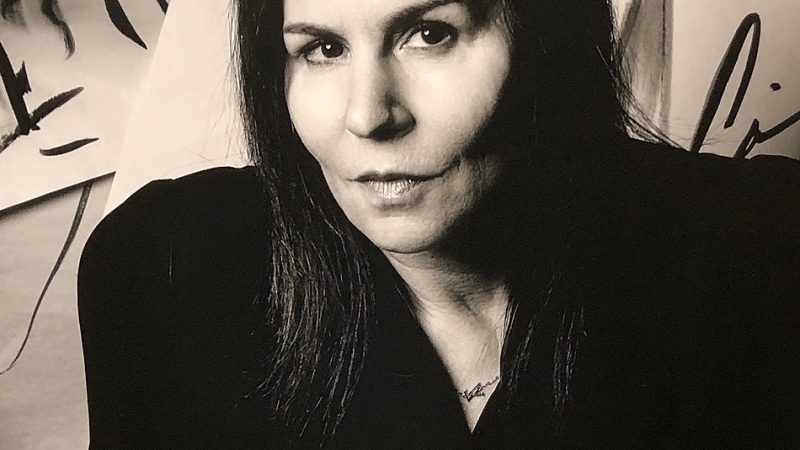The Bluest Eye a Noise Within

Toni Morrison’s “The Bluest Eye” resonates as a poignant testament to the intricate layers of societal constructs, racial prejudices, and the devastating impacts of internalized oppression. Published in 1970, Morrison’s debut novel delves into the profound complexity of identity formation and the corrosive effects of a society that perpetuates Eurocentric beauty standards.
Exploring Toni Morrison’s Haunting Masterpiece
At its core, “The Bluest Eye” navigates the life of Pecola Breedlove, a young African American girl growing up in 1940s Ohio. Through Pecola’s perspective, Morrison eloquently dissects the ravaging effects of racism, the yearning for acceptance, and the quest for self-worth in a world that venerates whiteness as the epitome of beauty.
The narrative unfolds against a backdrop of societal prejudices and the struggle for identity in a racially stratified America. Pecola’s desire for blue eyes, stemming from her belief that possessing them would grant her love, acceptance, and liberation from her harsh reality, symbolizes the tragic consequence of internalized racism. Morrison adeptly weaves a tale that showcases the devastating toll of societal beauty standards on the psyche of the marginalized.
Emotional Depth
Morrison’s prose, imbued with poetic elegance and raw emotional depth, invites readers into the innermost thoughts of characters grappling with their identities. Through vivid imagery and evocative language, she compels us to confront uncomfortable truths about systemic racism and its insidious impact on individual lives.
Moreover, “The Bluest Eye” confronts readers with multifaceted themes of abuse, trauma, and the intergenerational perpetuation of suffering. Pecola’s harrowing experiences underscore the cyclical nature of oppression and the profound damage it inflicts on the human spirit.
The novel’s enduring relevance lies in its unflinching portrayal of the human quest for validation and belonging. It serves as a mirror reflecting society’s rigid beauty standards and the dire consequences they impose on those deemed ‘other.’ Morrison masterfully challenges the readers to confront their complicity in perpetuating harmful stereotypes and urges us to dismantle the systems that uphold them.
Literary Significance
The impact of “The Bluest Eye” extends beyond its literary significance; it serves as a catalyst for crucial conversations about race, identity, and societal norms. Its exploration of the destructive power of internalized racism remains an urgent call for empathy, understanding, and collective action toward a more inclusive and equitable world.
In recent years, adaptations of literary works into different art forms have breathed new life into Morrison’s seminal work. Theater productions, such as “A Noise Within,” have sought to capture the essence of “The Bluest Eye” on stage, amplifying its themes and emotional depth through the visceral medium of live performance. The adaptation offers a unique opportunity to engage with Morrison’s narrative in a visual and immersive manner, further magnifying its impact on audiences.
Conclusion
“The Bluest Eye” stands as a timeless testament to Toni Morrison’s unparalleled storytelling prowess and her unwavering commitment to unveiling the complexities of the human experience. Its exploration of identity, beauty, and the corrosive effects of societal norms continues to reverberate, challenging readers and audiences alike to confront uncomfortable truths and strive for a more compassionate and inclusive world.






